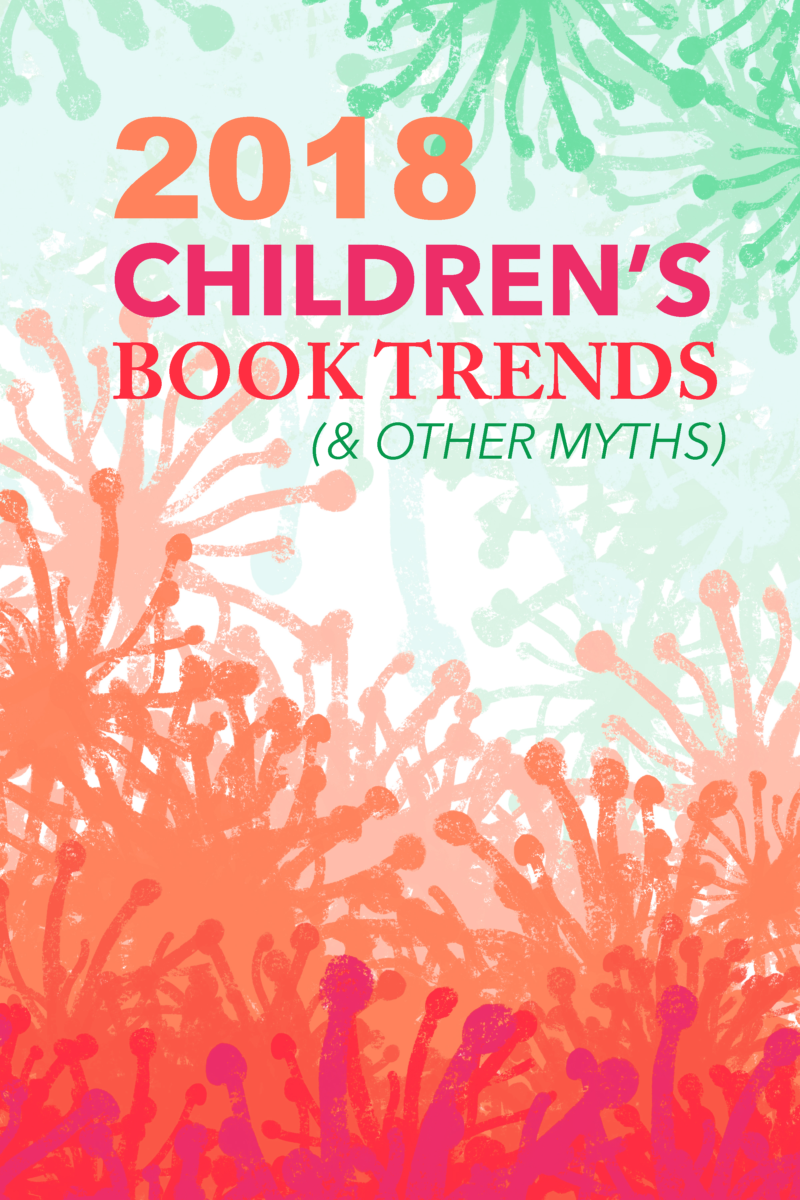Well it’s that time of year again, when publishers, agents and marketers make predictions for the year. What will children be reading? What will be the next big “it” book theme?
Not surprisingly, Scholastic oracled the following trends for this year:
Books driven by strong female characters
This comes as no surprise. Very successful female-centered books finished out 2017 at the top (though not without a bit of controversy, ahem, Chelsea Clinton)
Kid-friendly non-fiction
This has always been an overlooked category, but one with lots of potential for growth. I am happy to see it on this list.
Magical creatures that allow children to explore new worlds or see a different perspective
Bring on those unicorns and unicorns of the sea (though to be honest, I think the single-horn-creature market is a bit exhausted at this point)
Epic series sequels
Since Harry Potter long since “retired,” the space is wide open for all types of classic heroes to stake a claim.
Activity books
These are not simple activities where children passively flip the flaps. STEM-focused and specific books will rule the best-seller lists in their respective categories.
How does the Scholastic 2018 Children’s Book Trends List compare with top sellers on Amazon and New York Times Best Sellers List from 2017? Let’s take a look:
The classics continue to rule the most-purchased and highest-reviewed books lists on Amazon (think Giving Tree and Oh, The Places You’ll Go). Aside from that, I saw plenty of birthday and potty books in that top 100. Yes, those probably don’t win awards or critical acclaim, but they sell really well!
Of the 10 best-sellers in October 2017, NYT listed 2 books by the Clintons, 3 humorous books, 3 books with a feminist theme or strong female character, and 3 books focused on inspiration (obviously some overlap there).
Overall, I think the Scholastic list is a great place to start thinking about manuscripts that have the best potential to become commercial. That said, I see several opportunities that were not specifically mentioned:
There should be a continued emphasis on diversity in books, particularly with emphasis on other parts of the world. Parents, educators and librarians look for diversity in characters and subject matter. The Scholastic trends statement did not address this trend, but it is still a great area for growth!
Forgive the bluntness, but the children’s book publishing industry is run by women. This is awesome, but I often see a bit of “groupthink” when it comes to some of the publishing trends with “strong female characters.” I believe there is a big audience for strong male characters as well. I don’t mean physically strong, but strong role models that demonstrate what it takes to be good citizen, a good brother, a good son, and a good person. Can boys have the same opportunities to be inspired by grit, selflessness, compassion, and assertiveness? If only we had more Shib Sibs in the world, it would be so easy to write inspirational children’s books for both boys and girls.
Finally, I think there is not enough emphasis on humor! Humorous books sell and stay in our memories forever (think Dr. Seuss, Where The Wild Things Are etc.). So often the theme of the book is not as important as how it makes readers feel. A good author will understand 2018 children’s book trends , but may not necessarily follow them. What will you do?
Get out there and tell the story only you know.

